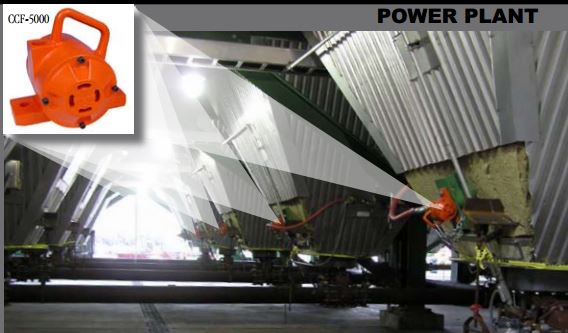by
Linda Kleineberg
| Jan 08, 2014
Quick Links
Featured Application: Sell VIBCO Plating Tank Vibrators This Month
Industry Focus: Breweries, Distilleries and Wineries
Industry Focus: Power Plants
"Talk the Talk" Lean Word: Poka Yoke

See how ![]() VIBCO SandBuster Spreader Hopper Vibrators keep your snow control customers safe and warm, make more efficient use of ice control materials and save money.
VIBCO SandBuster Spreader Hopper Vibrators keep your snow control customers safe and warm, make more efficient use of ice control materials and save money.

"Talk the Talk" Lean Manufacturing Word of the Week: Poka-Yoke
Learn more about Poka-Yoke at http://en.wikipedia.org/wiki/Poka-yoke
Poka-yoke [poka yoke] is a Japanese term that means "mistake-proofing". A poka-yoke is any mechanism in a lean manufacturing process that helps an equipment operator avoid (yokeru) mistakes (poka). Its purpose is to eliminate product defects by preventing, correcting, or drawing attention to human errors as they occur. The concept was formalized, and the term adopted, by Shigeo Shingo as part of the Toyota Production System. It was originally described as baka-yoke, but as this means "fool-proofing" (or "idiot-proofing") the name was changed to the milder poka-yoke.
More broadly, the term can refer to any behavior-shaping constraint designed into a process to prevent incorrect operation by the user. Similarly, a constraint that is part of the product (or service) design is considered Design for Manufacturability or Design for X.
An example of a modern Poka-Yoke application is when a driver must press on the brake pedal (a process step, therefore a poka-yoke)) prior to starting an automobile. The interlock serves to prevent unintended movement of the car. An additional poka-yoke would be the switch in the car's gear shift that requires the car to be in Park or Neutral before the car can be started. These serve as behavior-shaping constraints as the sequence of "car in park (or neutral)" and/or "Foot on brake" must be performed before the car is allowed to start. Over time, the driver's behavior is conformed with the requirements by repetition and habit.
Learn about VIBCO's Lean Manufacturing Program and Leadership